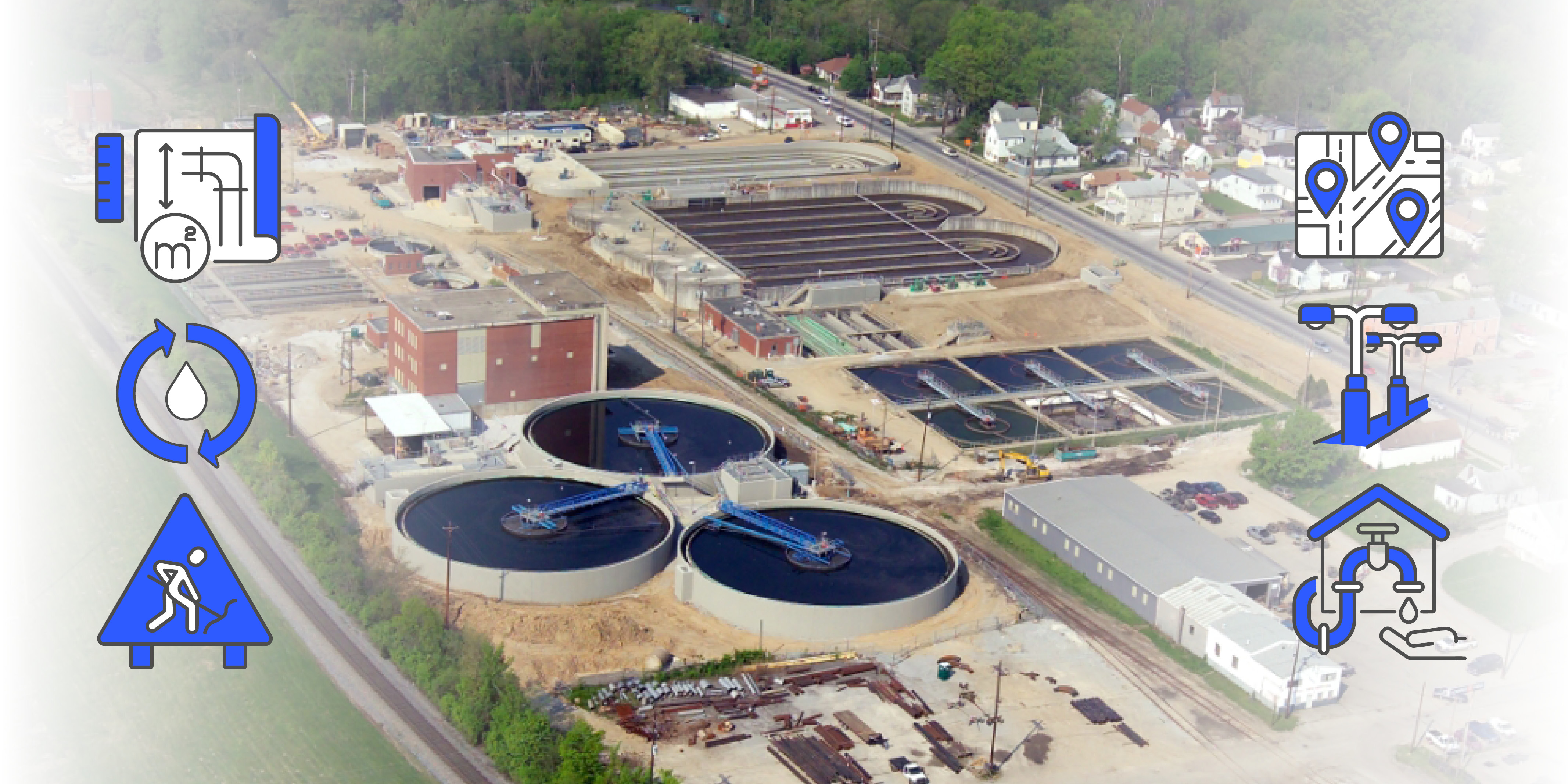The invention of light emitting diode (LED) lighting was, like many groundbreaking innovations, done by accident. In 1962, General Electric Scientist Nick Holonyak, Jr. was experimenting to create a visible semiconductor laser to compete with an infrared laser that MIT scientists invented a few weeks earlier. In the process, Holonyak created the first semiconductor light – a tiny light that shone red from the alloy used in the diode. GE dubbed the small light “magic” and set out to sell it. IBM used LEDs in circuit boards in 1964, in the 1970s they were in digital watches, and the 1980s saw LEDs in traffic lights and brake lights. Now, nearly 60 years later, from 10 percent to 30 percent (depending upon who you ask) of existing street lighting is now done by LEDs. Even as it seems the conclusion that LEDs are the wave of the future, we’d like to share some reasons why we think LED street lighting is a worthwhile investment.
1. Energy efficiency
The greatest advantage to LED lighting has always been its low energy consumption. LED lights are 40 to 60 percent more energy efficient than traditional lighting. With street lighting accounting for 15 to 40 percent of the average city’s energy consumption, the calculation ranges from 6 percent to 24 percent reduction in energy consumption costs per city.
2. Long life = reduced maintenance
Street lighting LED fixtures last about 15 to 20 years, versus a mere two to four years average of traditional high-pressure lights. This translates into more time between light fixture replacement, which in turn reduces maintenance costs. Los Angeles, an early adopter of LED street lighting initiatives, has been able to back up claims of reduced maintenance costs all the way back in 2012: 70,000 street light repairs post-LED lights reduced to 46,300; a lower failure rate when compared to traditional lighting (10 percent versus 0.2 percent), and $2.5 million decrease in maintenance costs expected when fully converted to LED.
3. Increased functionality
Many LED lighting systems offer remote streetlight monitoring. In addition, innovative “smart city” LED installations can support other functions, such as mini cell phone towers, air quality and traffic sensors, and even anti-terrorism, facial recognition and surveillance features. Los Angeles in particular embraced the possibility of LED street light multitasking: with local power plants left with excess capacity due to less energy consumption by LED streetlights, LA has added EV chargers to its lights, allowing for residents to power their electric cars. And finally, Copenhagen, Denmark has been an advocate of smart, connected LED street lighting to make its city safer, with green LED lights embedded in bike lanes flashing when bicyclists are present.
4. Return on Investment
Even though LED lights are somewhat more expensive than high pressure sodium (HPS) lighting ($124 versus $110 per unit), the return on investment is easy to calculate. With reductions in energy usage, maintenance costs and replacement bulb costs, even large scale projects can recoup investment dollars in a matter of a few years. This was certainly the case in Los Angeles, where an $87 million street light conversion to LED smart lights resulted in $9 million in energy cost savings per year from reduced energy costs alone for a robust ROI of only nine years. In addition, many utilities offer energy conservation grants and rebates to encourage street lighting customers to make the switch, resulting in less initial investment to recoup.
5. New advancements
LED lighting continues to evolve to make an already revolutionary product even better. In 2016, the American Medical Association reported that proper shielding, design and installation of LED lights can help reduce glare and unwanted lighting of residential areas. The study also found that the use of filters to block blue wavelengths can dramatically decrease night sky glow.
A Brighter, Smarter Future
The use of LED lighting for outdoor street illumination is here to stay: the push to conserve energy and reduce spending demand it. Even as prices of LED lights go down and retrofitting processes become more streamlined and economical, engineering and design advances continue to improve an already revolutionary innovation. Clearly, we owe it to ourselves to make the most of the invention that is rapidly transforming our cities, towns, and roadways from dim and inefficient yellow-tinged glow to the energy-conscious clean illumination that is LED.
If you’re ready to make the jump to LED or just want to learn more about how LED can deliver time and money savings year after year, we’re here for you. Check out our Electrical services page, and also some of our past work (Kenosha Lakefront Lighting Replacement, Crystal Lake Aquatic Center, Hubbard Woods Parking Structure Lighting) utilizing LED technology to illuminate not only streets but also public facilities, or simply contact us to get started!
So what’s the difference?
fun facts about our world's lighting
|
|
LED Lighting
|
 |
Fluorescent
|
 |
Incandescent
|






